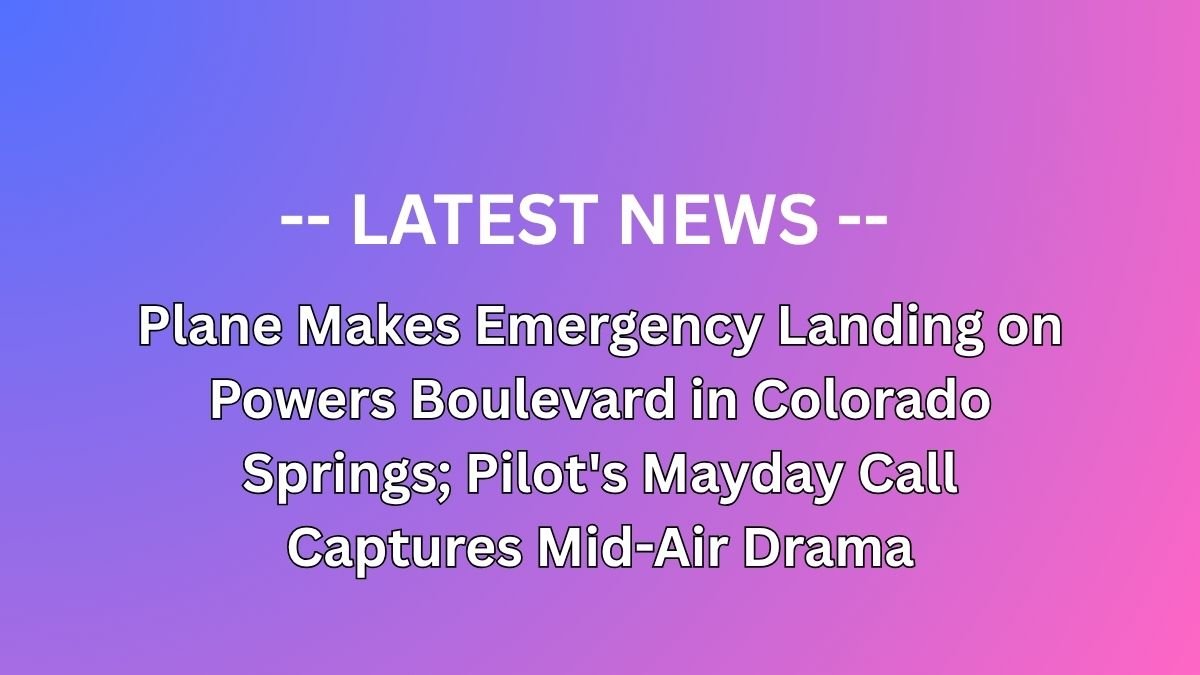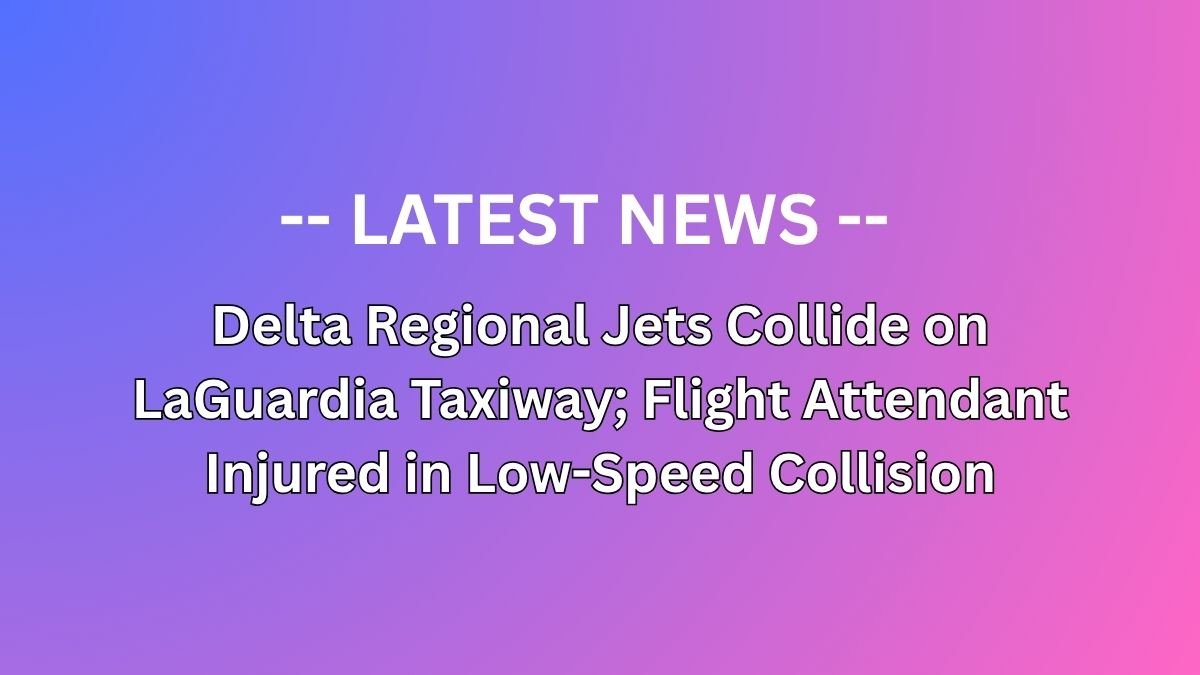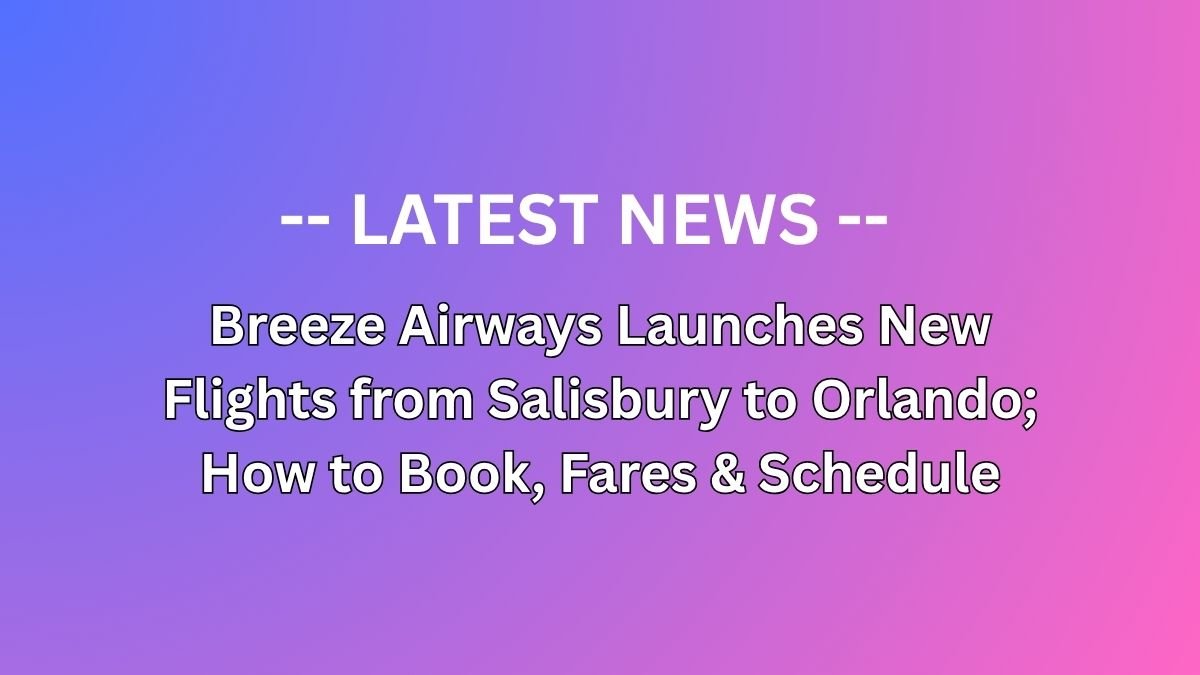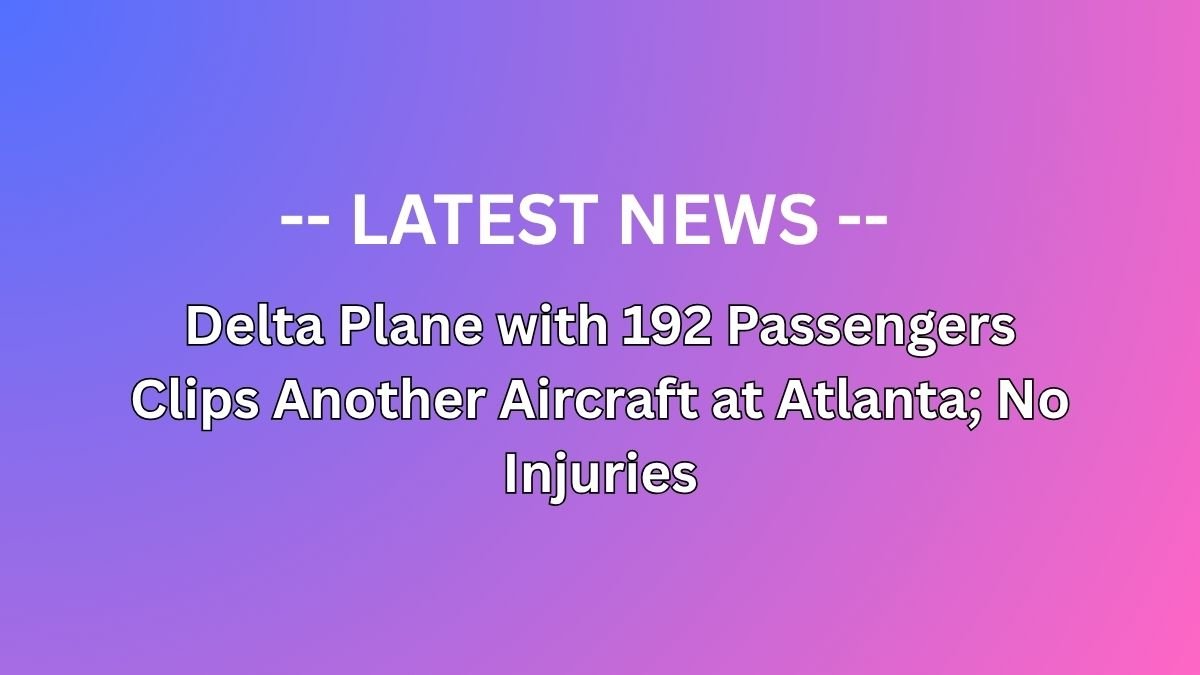Below is a comprehensive, easy-to-understand guide on the USA Transit Visa (commonly known as the C‑1 visa). This guide explains what it is, who needs it, the required documents, the application process, common challenges, tips, and precautions—all explained in plain language.

Table of Contents
1. What Is a USA Transit Visa?
A USA Transit Visa (C‑1 visa) is a short-term nonimmigrant visa designed for travelers who are passing through the United States on their way to another country. It allows you to remain in the U.S. only for the duration needed to catch your connecting flight or complete other transit activities. It is not meant for sightseeing or long-term stays.
2. Who Needs a Transit Visa?
You generally need a transit visa if:
- Your Itinerary Includes a U.S. Layover: If your journey from your home country to your final destination involves a layover or an airport transfer in the United States.
- You Are Not Covered by the Visa Waiver Program: Many nationalities can travel to the U.S. without a visa under the Visa Waiver Program, but if your country is not on that list or if you plan to leave the restricted transit area (even briefly), you will need a transit visa.
- Your Trip Purpose Is Solely Transit: The visa is issued only if the main purpose of your U.S. entry is to connect to another flight or mode of transport rather than to visit the country.
3. Key Documents You Will Need
Before you apply, gather all the required paperwork. Typically, you must prepare:
- Valid Passport: Must be valid for at least six months beyond your planned departure from the United States.
- Completed DS‑160 Form: This is the online nonimmigrant visa application form. Once you complete it, print the confirmation page.
- Passport-Style Photograph: The photo must meet U.S. visa specifications (color, plain background, proper head size, etc.).
- Proof of Onward Travel: This includes your confirmed flight itinerary and tickets that show your travel from the U.S. to your final destination.
- Visa for Final Destination (if required): If your final destination country requires a visa (for example, a Schengen visa for Europe), you must present that as well.
- Additional Supporting Documents: Some consular officers might request evidence of financial means, employment, or ties to your home country to prove you will return.
4. Step-by-Step Application Process
Step 1: Determine Your Need for a Transit Visa
- Confirm Requirements: Check if your nationality requires a transit visa by visiting the official U.S. Department of State website or consulting with your local U.S. embassy or consulate.
Step 2: Fill Out the DS‑160 Form
- Online Application: Complete the DS‑160 form accurately. Read all instructions carefully since changes cannot be made once the form is submitted.
- Print the Confirmation: Save a copy of the DS‑160 confirmation page for your records.
Step 3: Pay the Visa Application Fee
- Fee Payment: The fee (approximately USD 185) is non-refundable. Keep the receipt, as you’ll need it for scheduling your interview.
Step 4: Schedule Your Appointments
- Biometrics Appointment: You will first schedule an appointment at the Visa Application Center (VAC) for biometrics (fingerprints and photo).
- Consular Interview: Next, schedule an interview at the U.S. embassy or consulate. Have your DS‑160 confirmation, passport, and all required documents ready.
Step 5: Attend Your Appointments
- At the VAC: Bring your passport, DS‑160 confirmation page, and photo for biometrics.
- Visa Interview: Be prepared to answer questions about your travel plans, the purpose of your transit, and your ties to your home country. Honesty and clear explanation are key.
Step 6: Track Your Application
- Processing: After your interview, your application will be processed. Processing times can vary (often a few days to a few weeks).
- Passport Collection: Once approved, you will be notified on how to collect your passport with the visa.
5. Common Challenges in the Application Process
Some common challenges include:
- Appointment Delays: High demand may cause longer wait times for scheduling both the biometrics and the consular interview.
- Incomplete or Inaccurate DS‑160: Errors on your form can lead to delays or denials.
- Photo Rejection: Not adhering to the photo specifications (size, background, facial expression) may require a new photo.
- Insufficient Evidence of Ties to Home Country: If you cannot convincingly demonstrate that you plan to return home, the visa may be denied.
- Lack of Confirmed Onward Travel: Make sure you have a solid itinerary, as this is a key requirement.
Carefully reviewing the instructions and double-checking all details can help mitigate these issues.
6. Tips and Precautions
- Apply Early: Start the process well in advance of your travel date to account for any delays.
- Double-Check Your Documents: Ensure all documents, especially your DS‑160 and photo, meet the requirements. Use online checklists if available.
- Be Honest in Your Interview: Clearly state your travel purpose and be prepared to answer questions about your final destination and ties to your home country.
- Maintain Copies: Keep copies of all forms and documents submitted.
- Stay Informed: Rules and processing times can change, so regularly check the U.S. embassy or consulate website for the latest information.
- Consult Experts if Needed: If you’re unsure about any step, consider consulting a visa expert or a reliable visa consultancy service.
- Know the Limitations: Remember that the transit visa is solely for passing through the U.S. If you plan to leave the airport or explore the city, you might need a different type of visa (such as a B‑1/B‑2 visitor visa).
7. Final Thoughts
The USA Transit Visa (C‑1) is intended solely for those passing through the United States on the way to another destination. By following the step-by-step process, ensuring all documentation is complete, and preparing carefully for your interview, you can navigate the process smoothly.
Always refer to the official U.S. Department of State website or your local U.S. embassy/consulate for the most up-to-date information and requirements. With thorough preparation and attention to detail, you can avoid common pitfalls and make your transit through the United States as stress-free as possible.
This guide has been compiled using information from multiple reliable sources to give you a clear and detailed understanding of the process. Safe travels!







